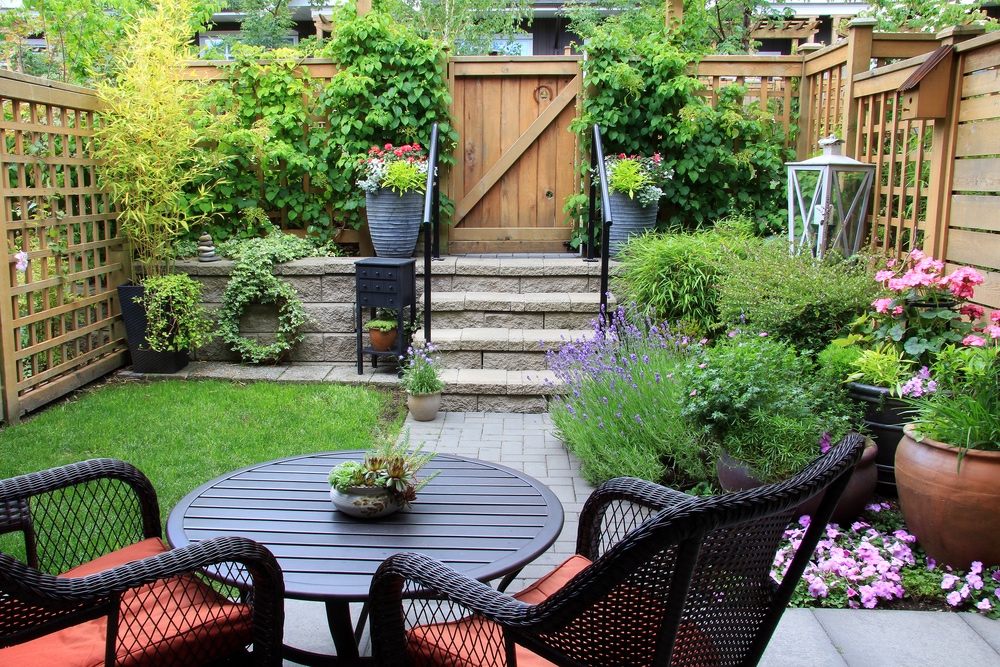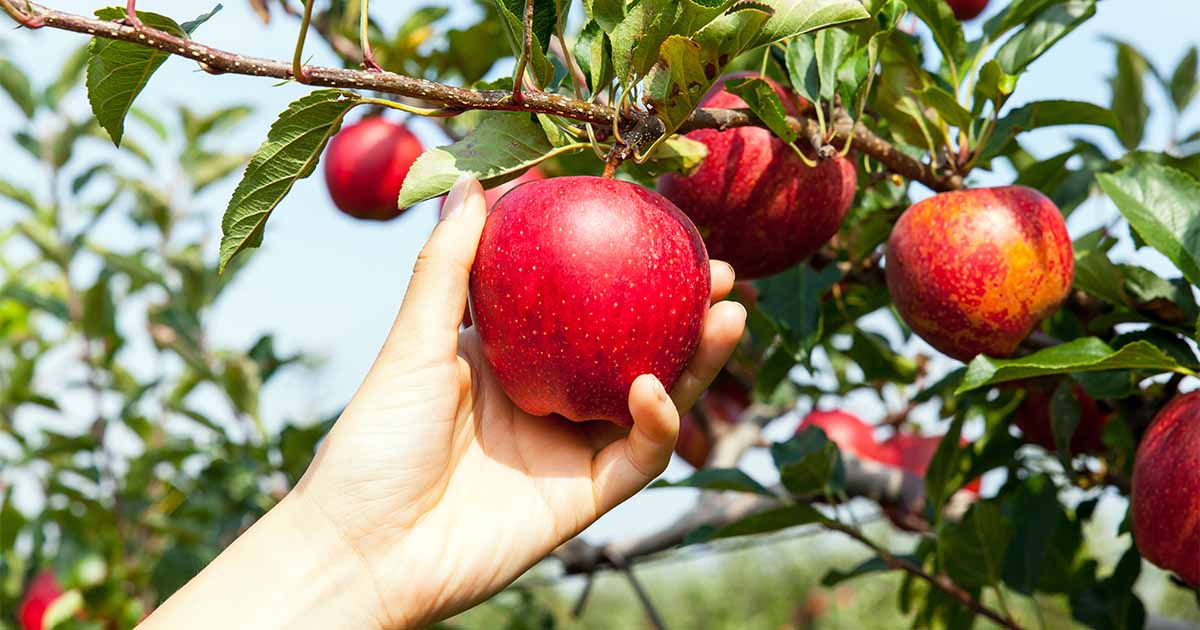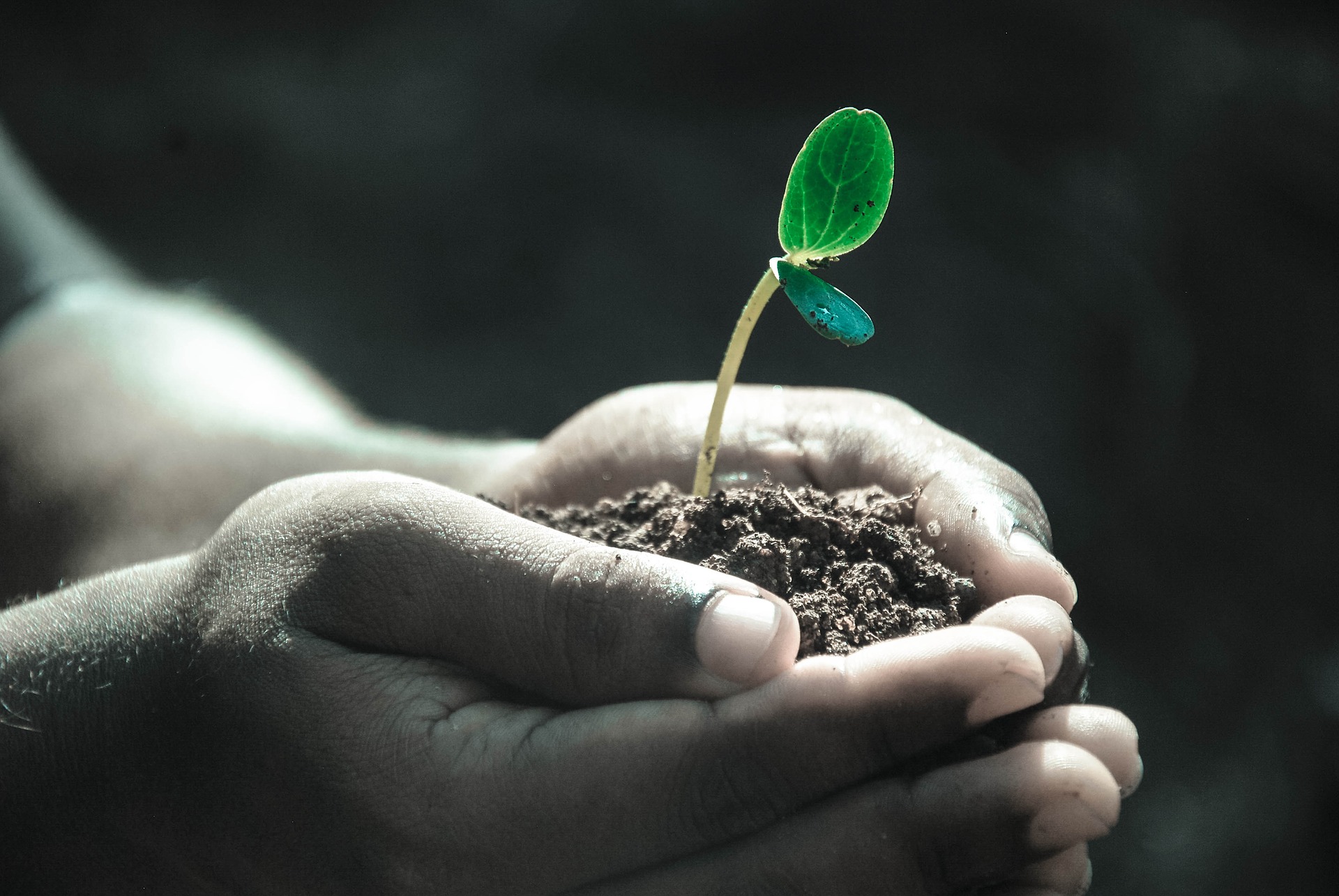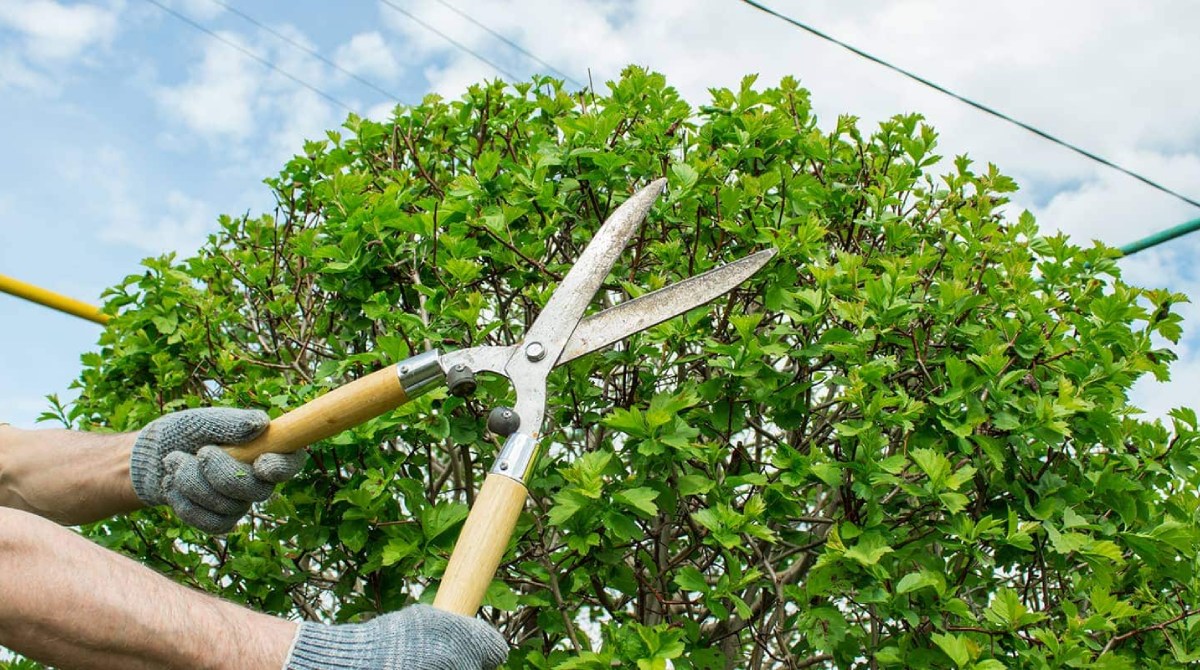Unless your thumbs are the deepest green in the forest, few of us like to spend hours weeding and tending our gardens. Yet we all know how good it feels to be surrounded by plants rather than meters of concrete with a single sad-looking yucca in the corner.
The solution to this dilemma is to be a little smarter about what we grow and how we manage our gardens. Follow these eleven tips to make your garden easier to maintain and more environmentally friendly.
1. Know your site
The weather conditions, sun exposure and soil type of your garden, you can choose plants that will grow happily in your garden without the need for pruning. Wise gardeners grow plants that like shade under trees, bog lovers in wet soils, and drought tolerant plants on warm slopes. Understanding your site is not rocket science and it will certainly help you avoid wasting money on unsuitable plants.
2. Digging the lawn
A freshly mowed green lawn is a beautiful thing, but sometimes it takes a lot of effort to keep it that way. It is known that a lawn has a financial and environmental cost as much time is spent in mowing, feeding, watering and weeding out. Think well before investing unless you have a pet or children. Or maybe you reduce the size of the one you have?
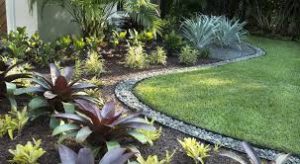
Think of those narrow strips or weirdly shaped areas of grass. Would it be better to plant them with easy-care ground covers, shrubs or perennials? Also, grass doesn’t often grow under tall trees, so instead, create large garden beds planted with shade-loving shrubs and perennials.
3. Choose plants that are stress-free.
Some plants require little care and reward you with beautiful flowers and foliage for most of the year. Others are more in the category of prima donna. Yes, they can have beautiful flowers for about a month, but the rest of the year they need to be sprayed, pruned, etc.
To make sure that your garden contains more plants in the first category than the second, check the maintenance needs of a plant before you buy it. Most native plants require little attention if placed in the right soil and oriented to the sun, but there are also many exotic plants that are easy to care for.
4. Ask the experts
If you can’t tell the difference between a dahlia and a dianthus, or if you don’t know where to start analyzing your site, seek advice from a reputable landscaper. For about $150 to $200 (usually 1 to 2 hours), he can guide you through the site, showing you the different aspects you need to consider. He can also recommend suitable plants.
5. Add color to the pots
Some plants like spring bulbs and flowering annuals bring a lot of color to the garden for short periods of time, but then? Grow them in containers is a great idea because they can be exposed when in flower and then moved out of sight.
Place bulbs and potted annuals (matching containers look great) on the patio, on steps, in bare areas of the garden – wherever there is room. Once they are dormant or dead, move them out of sight or simply replace the plants (and refresh the potting mix).

7. Cover your bets
Shrubs are large plants that require little maintenance and most need only occasional pruning to look good. Shrubs are still popular in traditional gardens, but for a more contemporary look, use shrubs as low and medium hedges or plant them in large cut blocks.
These can be pruned tightly or allowed to grow more freely to suit your taste. Mulching underneath to reduce weeds and occasional feeding is about all the maintenance needed. Low hedges are also ideal for borders because they hide weeds and dormant plants.
8. Mulch
Less water evaporation, less weeds, less erosion, better soil texture, insulation (warmer in winter, cooler in summer), a more homogeneous aspect… the list of positive points is long and most of them mean less work for gardeners.
Use a 60 to 100 mm layer of mulch wherever you can, plus pebble or stone mulch for your pots. Planting ground covers in your mulch will prevent birds from lifting it and prevent it from flying away in case of flooding.
9. Do great things with pots
Containerized plants should be fed, watered and weeded like those in the garden. Rather than using a lot of small pots, make life easier by replacing them with a few large containers. Your garden will also look less crowded.
10. Feed the soil
Feed your plants more as this will make them healthier, thus reducing the risk of pests. Wise gardeners are less concerned with feeding plants than with giving the soil nutrients that are rich in composts and other organic solutions. Do this one thing for your garden every month or two – sprinkle some compost around the plants.
11. When it comes to water
An important aspect is to have a good watering regime for the plant health as nutrition. An automated watering system saves time, but be sure to use drip or hose systems that deliver water to the plant roots. Use sprinkler heads as you will waste less water this way. Make a group of each plant in a way that there will be less water wastage.
